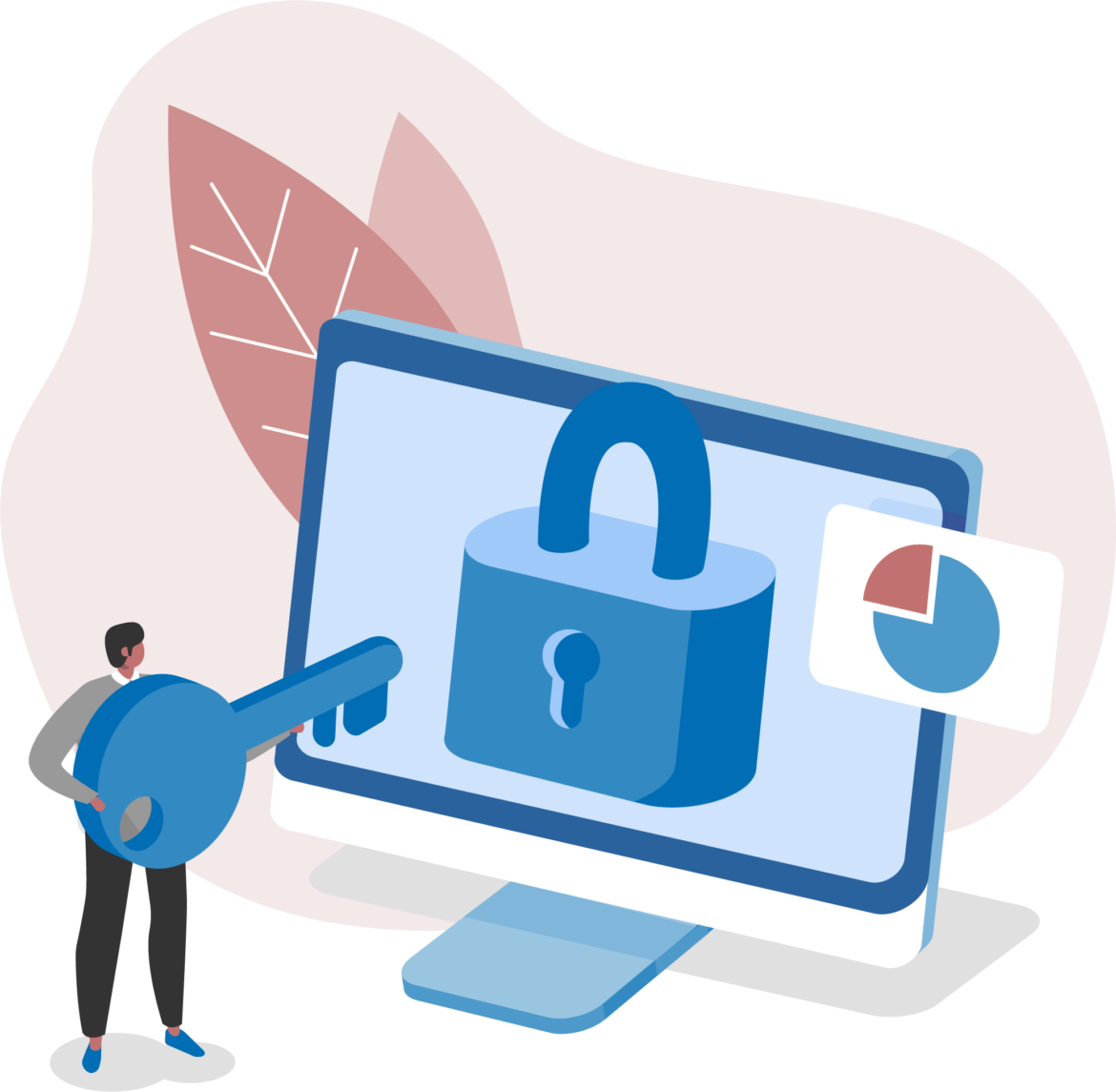This question is testing your understanding of the ITIL 4 guiding principle “Start where you are.”
The essence of this principle is that an organization should not start from scratch when making improvements. Instead, it should first look at and assess what already exists — current services, processes, tools, and methods — before deciding what to keep, change, or replace.
The ITIL 4 Foundation guidance explains that organizations should carefully consider the existing state before designing the future state. It stresses that existing practices, services, and tools may already contain value, and that blindly discarding them can lead to waste, increased risk, or loss of useful knowledge.
In that context, the most accurate word to complete the sentence is:
An organization which is undertaking an improvement initiative should consider the existing methods and services when building for the future.
“Consider” reflects the idea of evaluating and understanding what already exists before making decisions.
The principle does not state that everything must be re-used or improved; some things may be retained, some modified, and some removed. But the key is that they must be considered first.
B. DiscardThis directly contradicts the principle “Start where you are.” ITIL explicitly warns against discarding existing methods and services without first understanding and assessing them.
C. Re-useWhile re-use is often a possible outcome of applying this principle, it is not mandatory that all existing methods and services be re-used. The principle is about assessing and considering them first, then deciding what to keep, change, or retire. Therefore, “re-use” is too narrow for the sentence.
D. ImproveImprovement may be needed, but you cannot decide how to improve something until you have considered and understood its current state. The guiding principle’s wording focuses first on consideration/evaluation of what already exists.
Therefore, the correct choice that best matches the intent and wording of the ITIL 4 guiding principle “Start where you are” is:
A. Consider
References (Aligned with ITIL 4 Foundation Concepts)
ITIL 4 Foundation: Guiding principles – Start where you are (discussion on assessing and considering existing services, processes, and methods before designing the future state)
ITIL 4 Foundation: Emphasis on avoiding starting from scratch and avoiding unnecessary waste by considering the current situation before making changes.
